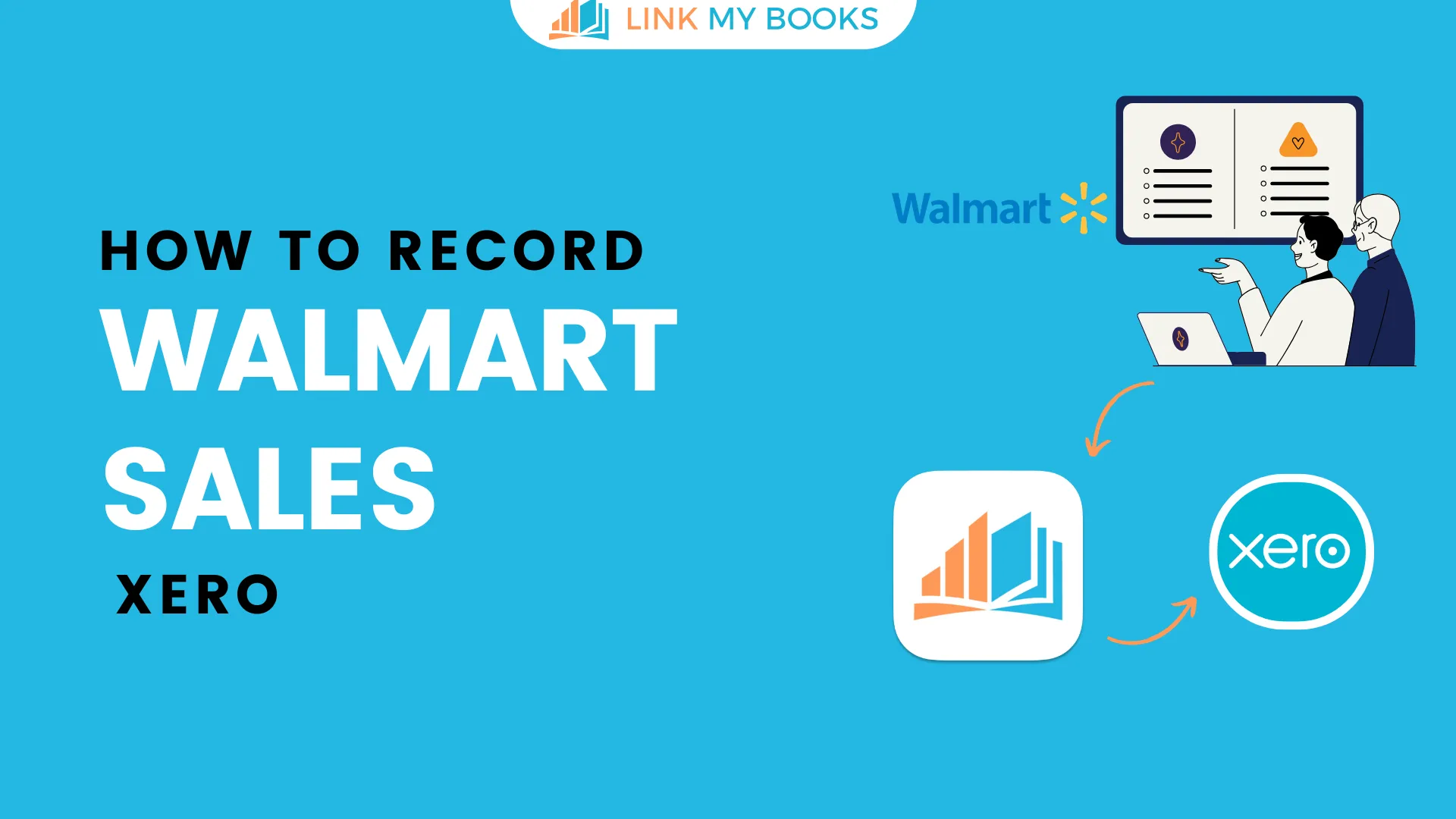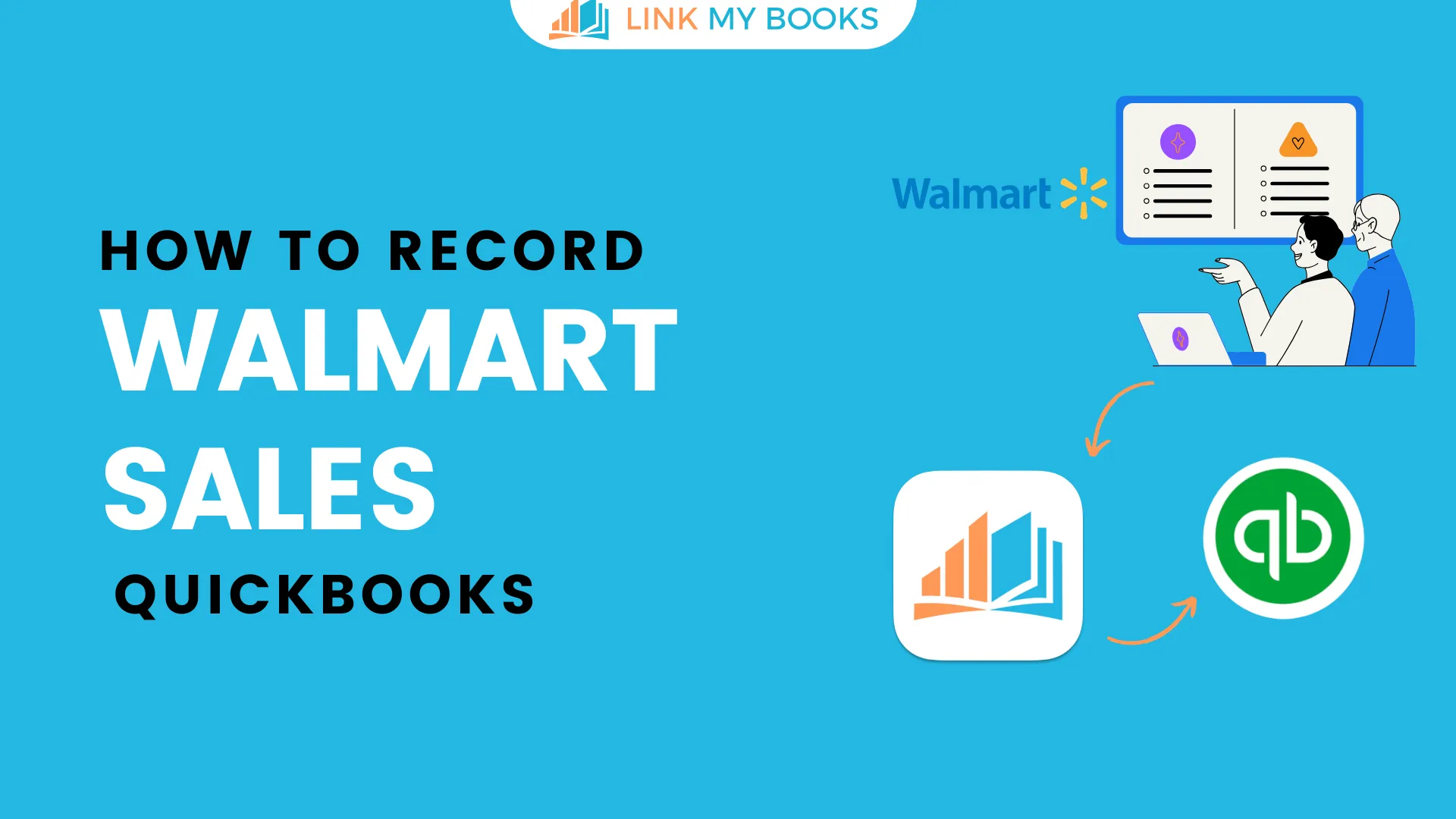Amazon Handmade is a unique platform in the e-commerce world. It helps artisans and small business owners sell their handmade products to more people.
Many talented individuals like to use this platform to show their unique products. But before you start enjoying the creative process, it's essential to carefully consider the fees you'll have to pay for using Amazon Handmade.
In this guide, we'll explain the different fees of Amazon Handmade and how they can affect your business profits.
Key Takeaways from this Post
Evaluate Amazon Handmade Fees: Consider referral fees and monthly subscription costs. While fees impact profit, benefits like increased exposure and tools may outweigh them.
Understand Fee Calculation: Referral fees vary by category (12-15%). Calculate expenses accurately. Monthly subscription fees offer benefits, but analyze costs and assess if they align with your business model.
Compare Platforms: Compare Amazon Handmade and Etsy fees. Amazon has higher monthly costs (15% referral fee, $39.99 plan), appealing to a broader audience. Etsy, with lower fees, suits smaller sellers. Choose the platform that aligns with your business goals and customer base.







Is Amazon Handmade Worth It?
Determining whether Amazon Handmade is worth it depends on various factors. One important consideration is the fees associated with the platform. Referral fees, charged on each item sold, impact your profit margins.
However, they can be outweighed by the potential for increased sales and exposure. Additionally, Amazon Handmade offers various benefits, such as access to a broad customer base and advanced selling tools.
To further enhance these advantages, seamlessly integrating Amazon with QuickBooks can streamline financial management processes, providing real-time tracking of sales, expenses, and inventory.
This integration allows sellers on Amazon Handmade to seamlessly sync their transaction data with their QuickBooks accounting software, ensuring accurate and efficient record-keeping.

Types of Amazon Handmade Fees
Understanding the different fees associated with selling on Amazon Handmade is crucial for artisans and small business owners.
Let's delve into the details of referral fees, monthly subscription fees, and listing prices to understand the financial aspects of selling on this platform.
Referral fees
Referral fees are charged on each item sold on Amazon Handmade. These fees are based on a percentage of the item's sale price and vary across different product categories.
It is essential to consider and account for these referral fees when pricing your handmade products. This ensures they remain profitable.
You can accurately calculate your expenses by understanding the category-specific referral fee percentages. This will help you maintain healthy profit margins on Amazon Handmade.
Monthly subscription fees
While Amazon Handmade does not require a mandatory monthly subscription fee, it offers an optional Professional Selling Plan for $39.99 monthly. This plan provides sellers additional benefits, such as bulk listing uploads and access to advanced selling tools.
Listing fees
Amazon Handmade generally does not charge listing fees for artisans and sellers. However, it's essential to review Amazon's guidelines for exceptions.
Nevertheless, reviewing Amazon's guidelines for any potential exceptions is crucial.
One way to streamline financial management and real-time sales, expenses, and inventory tracking is by integrating Amazon with Xero.
It also eliminates manual data entry, reducing errors. This feature allows sellers to focus on creating and promoting their handmade products. Additionally, with Xero's advanced features and reporting capabilities, sellers can gain valuable insights for informed decision-making.
How Are Referral Fees Calculated?
Understanding how referral fees are calculated is essential for sellers on Amazon Handmade to determine their expenses and profit margins accurately.
Let’s explore the factors involved in calculating referral fees, providing sellers with a clear understanding of this crucial aspect of selling on the platform.
Category percentages explained
Referral fees on Amazon Handmade vary based on the product category. Each category has a specific percentage, ranging from 12% to 15% of the item's sale price. Sellers need to know these category-specific percentages to calculate their referral fees accurately.
By understanding the referral fee percentages, artisans and small business owners can effectively make informed decisions about pricing their handmade products on Amazon Handmade.
Examples of referral fees
To illustrate the impact of referral fees, let's consider some examples.
Suppose you sell a handmade painting for $200 under the Art category, which incurs a referral fee of 12%. In this case, the referral fee would be $24 (12% x $200).
Similarly, if you sell a handmade leather wallet for $50 in the Accessories category, which incurs a referral fee of 15%, the referral fee would amount to $7.50 (15% x $50).
These examples demonstrate how referral fees are calculated based on the sale price and the category-specific percentage on Amazon Handmade.
Sellers should consider these fees when determining the pricing of their handmade products to maintain profitability while selling on the platform.

How Do Monthly Subscription Fees Work?
Monthly subscription fees are a payment model where customers pay a recurring fee to access a product or service for a specific period, usually every month.
Benefits and costs explained
Monthly subscription fees have several benefits, such as predictable revenue streams, customer retention, and access to ongoing updates and support.
However, it's essential to consider the costs involved. This includes initial setup, ongoing maintenance, customer acquisition, and potential risks if customers cancel.
Is the fee worth it for my business?
Determining if the monthly subscription fee is worth it for your business depends on several factors. You need to consider the value of your product or service, your target market, and your competition.
To make an informed decision, it is crucial to conduct a thorough analysis. This involves examining revenue projections, customer acquisition costs, and the lifetime value of your customers.
In addition to these financial considerations, gathering customer feedback and evaluating market demand can provide valuable insights. This will help you understand if customers are willing to pay for a subscription model. By utilizing all this information, you can make a better-informed decision for your business.
Understanding Listing Fees
Listing fees are charges by platforms or marketplaces for sellers to list their products or services on their platforms.
When are they applied or waived?
Listing fees are typically applied when sellers create listings on a platform. However, some platforms may waive these fees under certain circumstances, such as promotions, special events, or for specific categories or sellers who meet certain criteria.
Tips for optimizing or eliminating listing fees
To optimize or eliminate listing fees, sellers can consider the following strategies:
- Bundle multiple items into a single listing
- Leverage bulk listing tools to save time and reduce costs
- Optimize product titles and descriptions to improve visibility and increase conversions
- Participate in promotional campaigns or events to attract more customers
- Negotiate with platform administrators for fee reductions or waivers based on performance or volume
- Explore alternative platforms that offer lower or no listing fees.
Other Potential Fees to Consider
When conducting business transactions, there are various fees that sellers and businesses should be aware of. These fees can impact profitability and should be factored into financial planning and pricing strategies.
Here are some standard fees to consider in addition to the ones mentioned earlier.
Storage fees for FBA sellers
For sellers using the Fulfillment by Amazon (FBA) service, storage fees may apply based on the space their inventory occupies in Amazon's fulfillment centers. These fees can vary depending on the time of year and product size.
To efficiently manage inventory levels, minimize storage fees, and streamline financial processes, seamlessly integrate eBay with QuickBooks. This integration enables real-time tracking of sales, expenses, and inventory, ensuring accurate record-keeping and efficient management.
Sellers can optimize product turnover and make informed decisions by connecting eBay to QuickBooks, contributing to cost savings and increased profitability.
Advertising and promotion expenses
In addition to listing fees, sellers may incur expenses for advertising and promoting their products on platforms or marketplaces.
These expenses can include sponsored product ads, display ads, social media advertising, influencer collaborations, and other marketing efforts to increase product visibility and drive sales.
Considering the return on investment and carefully monitoring ad campaigns can help sellers optimize advertising and promotion expenses.

Fee Comparisons vs. Other Platforms
When considering selling on different platforms, comparing the fees associated with each is essential to make an informed decision.
Here's a comparison between Amazon Handmade and Etsy:
Amazon Handmade vs. Etsy
Amazon Handmade charges a $39.99 monthly fee and a 15% referral fee on sales. In contrast, Etsy charges a 6% transaction fee and a payment processing fee.
While Amazon Handmade has higher monthly fees, it may attract a more extensive customer base. With its lower fees, Etsy appeals to smaller sellers and those in niche markets.
Evaluating the potential sales volume, target audience, and associated fees on each platform can help sellers choose the best option for their business.
Strategies to Minimize or Offset Fees
To minimize or offset fees, it is advisable to implement effective strategies that can assist in reducing costs and mitigating expenses.
These strategies include:
- Providing bundled packages or offering volume discounts to increase sales per transaction.
- Negotiate with platforms to secure lower fees based on your business's performance.
- Diversifying sales channels by utilizing multiple platforms or establishing your online store.
- Streamlining order fulfillment processes to lower packing, shipping, and returns costs.
- Collaborating with influencers or complementary businesses through advertising partnerships to combine resources and boost brand exposure.
- Prioritizing customer retention and delivering exceptional customer service to encourage repeat sales and reduce customer acquisition costs.
Conclusion: Understanding and optimizing Amazon Handmade fees
Understanding and optimizing Amazon Handmade fees is crucial for e-commerce sellers. To simplify and streamline your bookkeeping process, consider using Link My Books.
This powerful tool is an intermediary, automating data collection and saving you valuable time and money.
With Link My Books, you can effortlessly reconcile your Amazon Handmade fees, ensuring accuracy and maximizing profits. Refrain from letting complex bookkeeping tasks burden your business.
Take control of your finances and try Link My Books today. Start optimizing your Amazon Handmade fees and focus on what matters – growing your e-commerce business!



















.png)